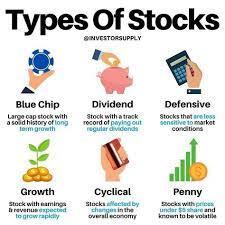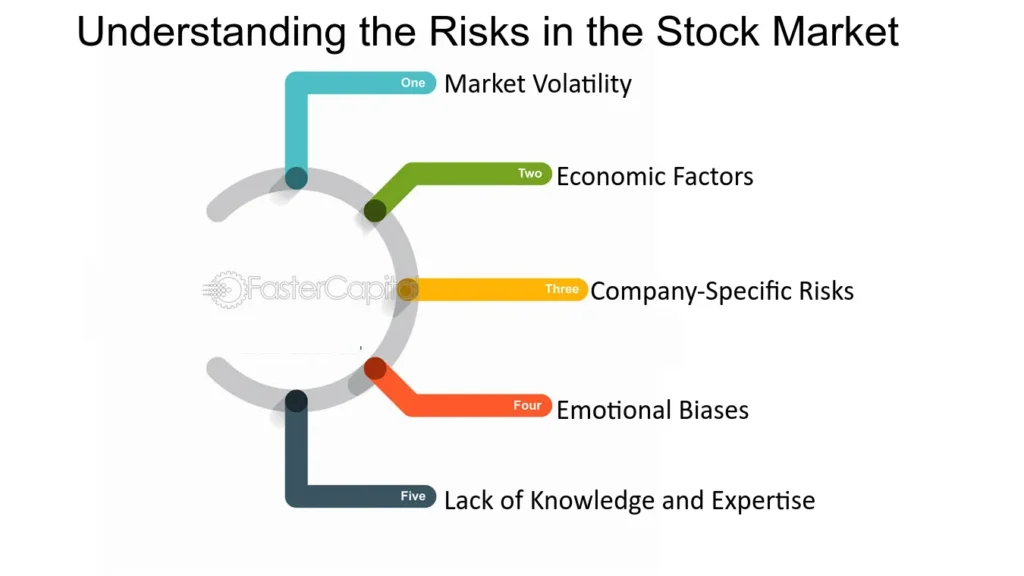Introduction
Investing in the stock market can be an exciting and rewarding journey, but for beginners, it may seem overwhelming.
Understanding the stock market’s fundamental concepts is crucial before making investment decisions.
This guide will help first-time investors learn the basics, build confidence, and take the right steps toward financial growth.
What is the Stock Market?

The stock market is a marketplace where investors buy and sell shares of publicly traded companies.
It plays a vital role in the economy by enabling businesses to raise capital while allowing individuals to invest and grow their wealth.
How Does the Stock Market Work?
The stock market operates through exchanges such as the New York Stock Exchange (NYSE) and Nasdaq.
Companies list their shares on these exchanges, and investors buy or sell stocks based on supply and demand. When you purchase a stock, you become a shareholder and own a portion of the company.
Key Participants in the Stock Market

- Investors: Individuals or institutions that buy and sell stocks.
- Brokers: Licensed professionals who facilitate transactions between buyers and sellers.
- Market Makers: Firms or individuals that ensure liquidity by constantly buying and selling stocks.
- Regulators: Government organizations like the Securities and Exchange Commission (SEC) oversee and regulate the market to prevent fraud.
Types of Stocks

Stocks are categorized based on their characteristics. Understanding these classifications helps investors choose the right stocks for their portfolio.
Common Stocks vs. Preferred Stocks
- Common Stocks: Shareholders have voting rights and receive dividends, but their dividends are not guaranteed.
- Preferred Stocks: No voting rights, but shareholders receive fixed dividends before common stockholders.
Growth Stocks vs. Value Stocks
- Growth Stocks: Companies with high potential for earnings and reinvest profits instead of paying dividends.
- Value Stocks: Undervalued companies that typically offer dividends and have a stable growth rate.
Blue-Chip Stocks vs. Penny Stocks
- Blue-Chip Stocks: Large, well-established companies with a history of stable performance (e.g., Apple, Microsoft).
- Penny Stocks: Low-priced stocks of small companies, often highly volatile and risky.
How to Start Investing in Stocks

1. Set Your Financial Goals
Before investing, determine your objectives. Are you investing for retirement, wealth accumulation, or short-term gains? Clear goals help shape your investment strategy.
2. Open a Brokerage Account
To buy stocks, you need a brokerage account. Choose a reliable broker that offers user-friendly platforms, low fees, and research tools.
3. Research and Analyze Stocks
Conduct fundamental and technical analysis before purchasing stocks.
- Fundamental Analysis: Evaluates a company’s financial health, revenue, earnings, and growth potential.
- Technical Analysis: Examines stock price trends, charts, and trading volumes to predict future movements.
4. Diversify Your Portfolio
Avoid putting all your money into one stock. Diversification reduces risk by spreading investments across different sectors and industries.
5. Start with Index Funds or ETFs
Beginners can invest in Exchange-Traded Funds (ETFs) or Index Funds, which provide exposure to a broad market and minimize risk.
6. Stay Informed and Monitor Your Investments
Regularly review your portfolio, stay updated with market trends, and make adjustments as needed.
Understanding Stock Market Risks

Stock market investments come with risks, but knowing them helps you make informed decisions.
1. Market Risk
Stock prices fluctuate due to economic conditions, interest rates, or geopolitical events.
2. Company-Specific Risk
A company’s poor performance, management changes, or financial issues can affect stock prices.
3. Inflation Risk
Inflation reduces purchasing power and can impact stock market returns.
4. Liquidity Risk
Some stocks may not have enough buyers, making it difficult to sell them at the desired price.
Stock Market Strategies for Beginners

1. Buy and Hold Strategy
Investors purchase stocks and hold them long-term to benefit from market appreciation and dividends.
2. Dollar-Cost Averaging (DCA)
Investing a fixed amount regularly regardless of stock price fluctuations reduces the impact of market volatility.
3. Dividend Investing
Investing in companies that pay regular dividends ensures passive income and long-term growth.
4. Value Investing
Buying undervalued stocks based on fundamental analysis and holding them until their true value is realized.
5. Growth Investing
Focusing on companies with strong growth potential that reinvest profits to expand operations.
Common Mistakes to Avoid
- Investing without research: Never buy stocks based on hype or speculation.
- Ignoring diversification: Spreading investments reduces risk.
- Overtrading: Frequent buying and selling can lead to higher costs and lower returns.
- Letting emotions drive decisions: Avoid panic-selling during market downturns.
- Neglecting risk management: Set stop-loss orders to limit potential losses.
FAQ Section

1. How much money do I need to start investing in stocks?
You can start investing with as little as $100. Many brokers allow fractional share purchases, enabling you to buy a portion of a stock instead of a full share.
2. What is the best time to invest in the stock market?
There is no perfect time, but investing early and consistently over time maximizes growth potential.
3. Should I invest in individual stocks or ETFs?
Beginners should consider ETFs as they offer diversification and lower risk compared to individual stocks.
4. How do I know which stocks to buy?
Conduct research using fundamental and technical analysis. Look for companies with strong earnings, good management, and growth potential.
5. Is investing in stocks risky?
Yes, all investments carry risks, but diversification, research, and risk management strategies can minimize them.
6. How can I learn more about the stock market?
Read books, follow financial news, take online courses, and practice with virtual trading platforms.
Final Thoughts: Your Path to Smart Investing
The stock market is a powerful tool for building wealth, but success requires knowledge, patience, and discipline.
By understanding the basics, setting clear goals, and following a strategic approach, first-time investors can confidently navigate the stock market and achieve long-term financial growth.